The graphic design industry employs a wide range of techniques to create visually appealing and effective designs. Some of the primary graphic design techniques used in the industry include:

Composition:
The arrangement of visual elements within a design. Designers consider balance, alignment, proximity, and contrast to create a visually balanced and aesthetically pleasing layout.
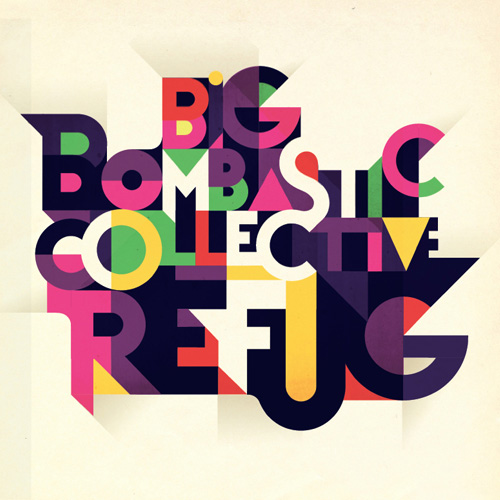
Typography
The art of arranging and styling text to enhance readability and visual appeal. Graphic designers use various typefaces, font sizes, kerning, and leading to create a harmonious typographic composition.
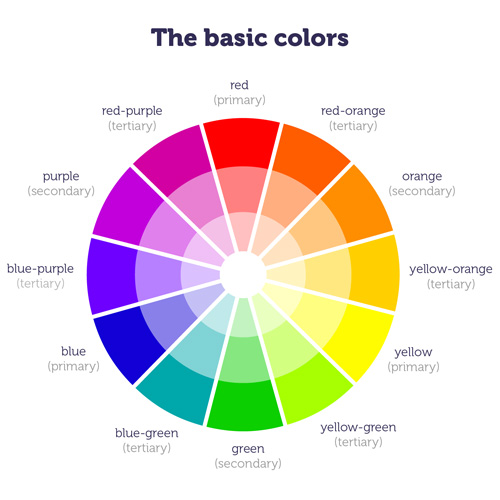
Color Theory:
The study of how colors interact and evoke emotions. Understanding color psychology helps designers select appropriate color schemes to convey specific messages or evoke desired feelings.

Illustration:
Creating unique artwork, often by hand, to communicate ideas and concepts visually. Illustrations add a personalized and artistic touch to graphic designs.
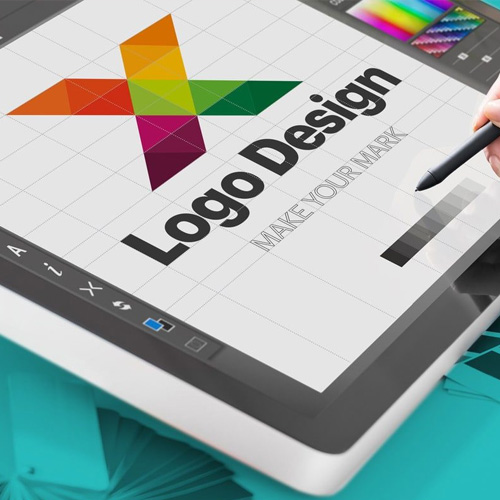
Logo Design:
Crafting unique and memorable logos that represent a brand’s identity and values. Logo designers use symbolism and creative elements to make the logo distinctive and recognizable.
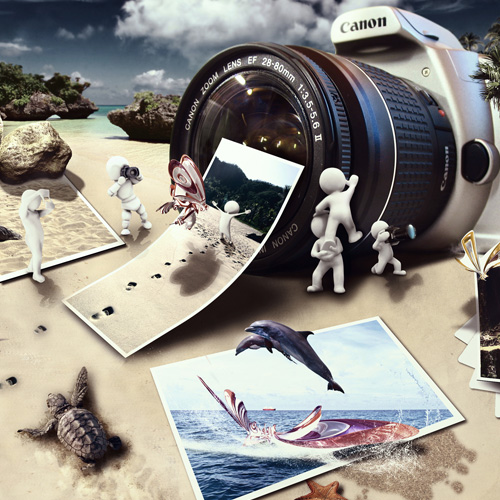
Photography and Image Editing:
Utilizing high-quality images and editing techniques to enhance visual appeal and communicate messages effectively.
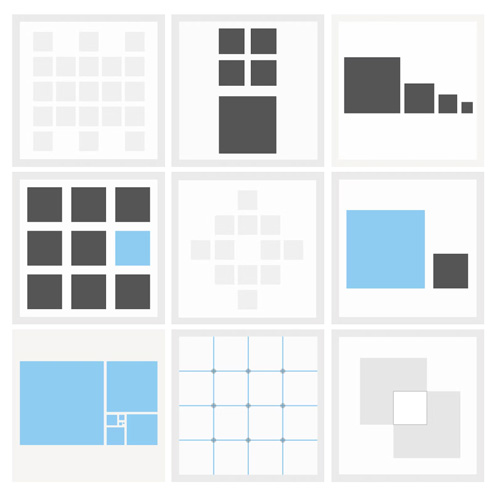
Grid Systems:
Organizing content using a grid structure to create consistency and alignment across designs. Grids help maintain a cohesive layout and improve readability.

Visual Hierarchy:
Arranging elements in a design to guide the viewer’s attention. Establishing a clear visual hierarchy ensures that important information is emphasized appropriately.
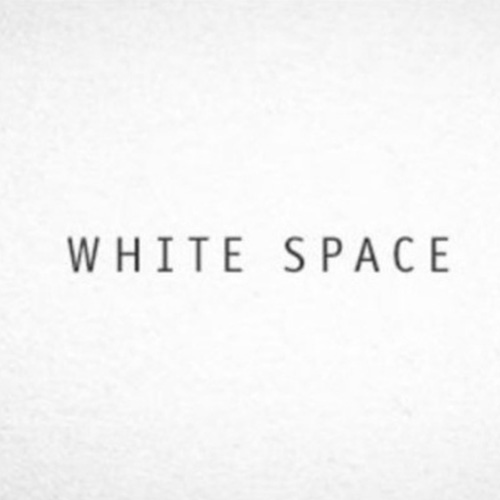
White Space (Negative Space):
Using empty spaces strategically to enhance the visual impact of the design and improve readability.
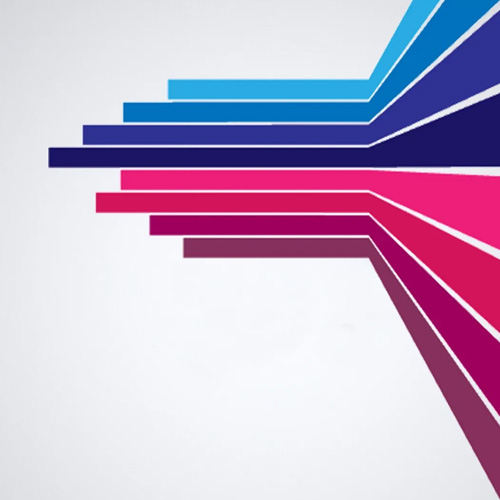
Vector Graphics:
Creating scalable, resolution-independent graphics using vector-based software. Vector graphics maintain their quality regardless of size, making them ideal for logos and illustrations.
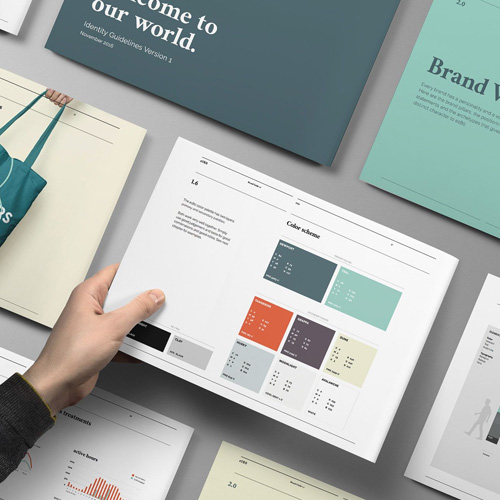
Branding and Identity Design:
Developing a comprehensive visual identity for a brand, including logos, color palettes, typography, and brand guidelines.
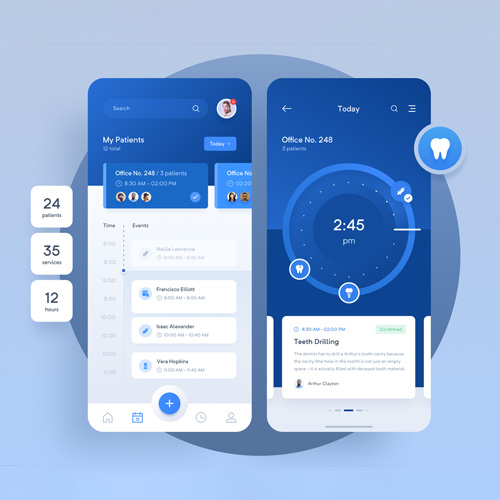
User Interface (UI) Design:
Designing user-friendly and visually appealing interfaces for websites, applications, and digital products.

Print Design:
Creating designs for various printed materials, such as brochures, flyers, posters, business cards, and packaging.

Motion Graphics:
Incorporating animation and movement into designs to create engaging visual experiences for videos and interactive media.
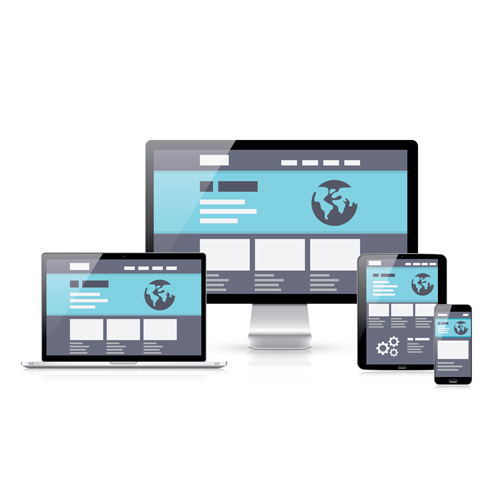
Responsive Design:
Designing digital assets that adapt seamlessly to different screen sizes and devices, ensuring a consistent user experience across platforms.
